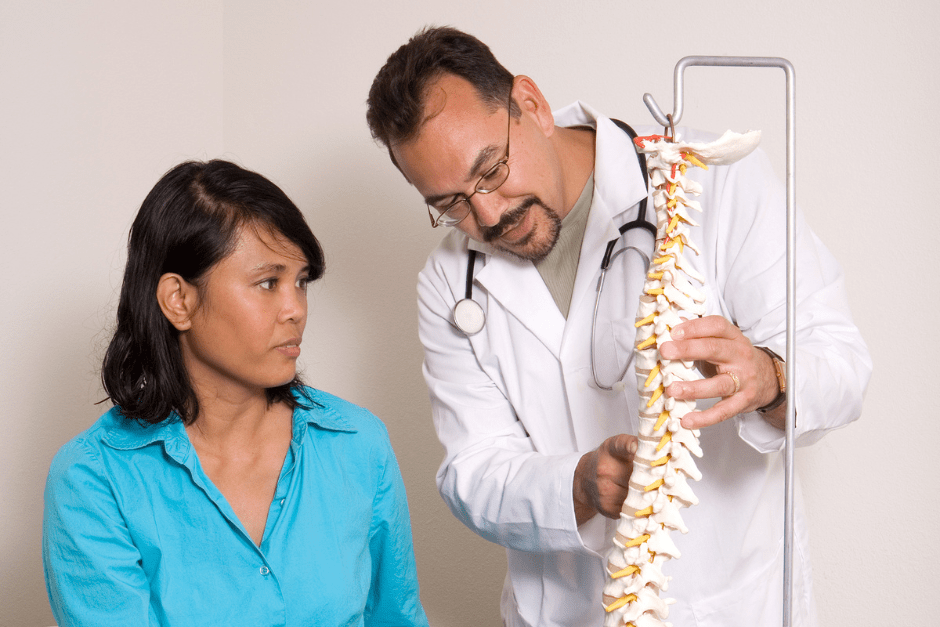The new article highlights the aspects related to Class IIb spinal implantable medical devices and also highlights some other points related to the recent changes to the applicable classification rules impacting the regulatory status of spinal implantable medical devices.

Table of Contents
The Therapeutic Goods Administration (TGA), an Australian regulating authority in the sphere of healthcare products, has published a guidance document dedicated to reclassification of spinal implantable medical devices.
The document provides an overview of the applicable regulatory requirements, as well as additional clarifications and recommendations to be taken into consideration by medical device manufacturers and other parties involved in order to ensure compliance thereto.
At the same time, provisions of the guidance are non-binding in their legal nature, nor are they intended to introduce new rules or impose new obligations.
The authority also reserves the right to make changes to the guidance, should such changes be reasonably necessary to reflect corresponding changes to the underlying legislation.
In particular, the scope of the guidance covers the revised classification rules related to Class IIb spinal implantable medical devices.
Regulatory Background
The regulatory framework related to Class IIb spinal implantable devices intended for inclusion in the Australian Register of Therapeutic Goods (ARTG) is quite product-specific.
The authority additionally emphasizes that this category of medical devices is subject to different regulatory requirements compared to general Class IIb devices.
According to the guidance, a one-page document attached to [the] application, outlining the intended purpose of the device and whether the device is for spinal fusion or motion-preserving will help assessors to process [the] application.
Furthermore, under Regulation 5.12 effective from November 25, 2021, it is required that ARTG entries related to Class IIb spinal fusion devices have specific information included.
This essential information should cover the product names for all devices falling under each ARTG entry.
The inclusion of these specific details must be completed before such devices can be legally imported, supplied, or exported within or outside of Australia.
As it was mentioned before, To expedite the application assessment process, applicants are strongly advised to include a one-page document detailing the intended use of the device.
This supplemental document should explicitly state whether the spinal implantable device is designed for spinal fusion procedures or motion-preserving applications.
The inclusion of this one-pager can significantly assist in efficiently evaluating and processing the application for ARTG inclusion.

Class IIb Application Forms
Considering the specific requirements for Class IIb spinal fusion devices, the applicable Class IIb application forms have been updated.
These revisions include separate sections where applicants can provide additional details related to the product in question, such as the intended use, clinical indications, and other essential information reasonably necessary to facilitate the review process and ensure all the important information related to the device subject to review is provided.
The updated forms are designed to accommodate the new requirements, providing a streamlined process for medical device manufacturers applying for the inclusion of spinal fusion devices they are responsible for in the ARTG.
Existing Entries: Changes and Updates
The document also describes the approach to be applied with respect to existing ARTG entries related to medical devices covered by the scope of the present guidance.
Existing sponsors who had Class IIb spinal fusion devices listed in the ARTG on or prior to November 25, 2021, were required to notify the TGA with the updated product names for their devices.
Initially, this could be completed through a temporary “Class IIb Product Name Variation Form” available in the TBS portal managed by the authority.
However, this form has now been moved out and is no longer available. Sponsors who wish to amend, remove, or add product names to their Class IIb entries should now submit a Device Change Request (DCR) through their account via the TBS portal, ensuring compliance with the updated regulations.
Patient Information Requirements and Exceptions
Regulatory requirements applicable to certain Class IIb spinal implantable devices also require the provision of Patient Information Leaflets (PILs) and Patient Implant Cards (PICs).
However, there are some exceptions based on the type of implantable device; screws, wedges, plates, wires, pins, clips, connectors, or similar articles may be excluded from this obligation.
Prostheses List Amendments
According to the guidance, any surgical implantable prostheses, including those that are eligible devices, appear on the Prostheses List.
This list contains specific information corresponding to the appropriate ARTG entries.
If a Class III ARTG inclusion application with the TGA is successful, amendments to the Prostheses List billing codes should be introduced without undue delay in order to avoid discrepancies with private health insurers.
This procedure could be completed by the virtue of an Amendment Application using the Prostheses List Management System (PLMS). According to the guidance, supporting documentation a sponsor may have to provide includes:
- A new ARTG certificate; or
- A catalogue or product brochure that provides relevant information about the devices affected by the change.
Unsuccessful Application
The document also describes the approach to be applied in case of application being unsuccessful. First of all, the authority mentions that in such a case a party responsible for the product would be notified in writing.
The appropriate written confirmation would contain a proper justification.
Should a sponsor be unsatisfied with the decision, a request for reconsideration could be submitted no later than 90 days from the date the initial decision has been taken.
In case a sponsor is unsatisfied with the review as well, it could be further escalated to the Administrative Appeals Tribunal or the court.
In summary, the present TGA guidance outlines the key points to be taken into consideration with respect to Class IIb spinal implantable medical devices in order to ensure continuous compliance with the respective regulatory requirements.
The document also provides recommendations related to other specific aspects related to the products subject to reclassification.
How Can RegDesk Help?
RegDesk is a holistic Regulatory Information Management System that provides medical device and pharma companies with regulatory intelligence for over 120 markets worldwide. It can help you prepare and publish global applications, manage standards, run change assessments, and obtain real-time alerts on regulatory changes through a centralized platform. Our clients also have access to our network of over 4000 compliance experts worldwide to obtain verification on critical questions. Global expansion has never been this simple.

